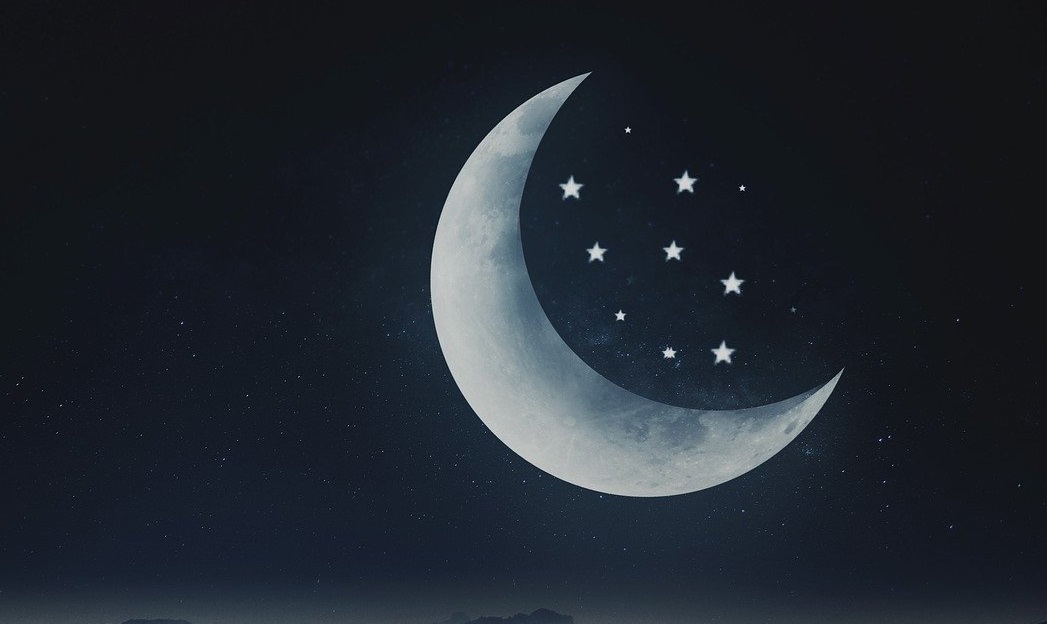The Moon Looks Beautiful Tonight A Reflection on Its Beauty and Significance
The night sky has always fascinated humanity, offering a canvas of stars, planets, and celestial wonders. Among these, the moon holds a special place, inspiring awe, romance, and contemplation. When someone says, “the moon looks beautiful tonight,” it’s not merely an observation—it’s a moment of connection with nature, a pause to appreciate the universe, and a spark for imagination and creativity. The moon’s beauty is amplified by its phases, brightness, and the way it casts its gentle light across landscapes. Beyond aesthetics, the moon has influenced art, literature, mythology, and scientific exploration, making it one of the most celebrated celestial bodies in human history. Observing the moon can evoke emotions ranging from serenity to introspection, and its reflection in poetry and prose emphasizes its timeless allure. In this article, we will explore the significance, science, and cultural impact behind the sentiment, “the moon looks beautiful tonight,” while providing insights into why this natural phenomenon continues to captivate and inspire people worldwide.
Understanding the Moon’s Appeal
The moon captivates the human imagination due to its ever-changing appearance, proximity to Earth, and the soft, luminous glow it provides at night. Different phases, from crescent to full moon, offer unique visual experiences, each with its own charm. The full moon, in particular, is often associated with heightened beauty, mystery, and romantic imagery. Cultural references in poetry, songs, and storytelling also contribute to the perception of the moon as an object of beauty. Its influence can be seen in festivals, celebrations, and rituals across the globe, highlighting its universal significance.
Key reasons for the moon’s appeal include:
- Constantly changing phases create dynamic beauty
- Gentle illumination evokes tranquility and reflection
- Symbolism in literature, mythology, and art
- Emotional and romantic connections with human experiences
How the Moon Inspires Creativity
Artists, writers, and creators have long used the moon as a source of inspiration. When observing the night sky and noting, “the moon looks beautiful tonight,” many feel compelled to capture that moment through painting, poetry, music, or photography. The moon’s reflective light can transform landscapes, creating dramatic and ethereal scenes. Writers often use moonlit nights to set moods in stories, while musicians compose songs celebrating its beauty. Photographers chase moonlit nights to capture breathtaking images, leveraging the contrast between moonlight and shadows. The moon’s presence in popular culture reinforces its status as a muse and a symbol of beauty.
What Makes the Moon Look Beautiful Tonight
The beauty of the moon on any given night is influenced by a combination of natural, atmospheric, and cultural factors. Understanding these elements helps explain why some nights seem particularly magical and why the moon evokes such strong emotional responses.
Natural Factors
- Phase of the moon: Full moons are brighter and appear larger, while crescent and gibbous moons create more subtle, intimate effects.
- Position in the sky: Low-horizon moons can appear larger and more vibrant due to atmospheric refraction.
- Clarity of the atmosphere: Clear skies allow the moon’s features and brightness to shine without obstruction.
Atmospheric Influences
- Light pollution: Minimal urban light enhances the moon’s visual impact.
- Color variations: The moon can appear golden, orange, or even red depending on atmospheric particles, enhancing its perceived beauty.
Cultural and Emotional Perception
- Romantic or reflective moods heighten appreciation of the moon
- Seasonal or festival associations create heightened significance
- Shared observation with others reinforces emotional connection
Quick Reference Table
| Factor | Impact on Perception | Notes |
| Moon Phase | High | Full moon appears most striking |
| Sky Clarity | High | Clear nights enhance visibility |
| Atmospheric Conditions | Medium | Colors and size can vary with particles |
| Cultural/Emotional Context | High | Personal or shared experiences matter |
Who Finds the Moon Most Inspiring
Observing a moonlit night resonates with a wide range of people:
- Artists and photographers capturing the natural beauty
- Writers and poets seeking inspiration for romantic or reflective works
- Astronomers and science enthusiasts studying lunar phases and features
- Couples and romantics appreciating the serene and mystical ambiance
- Casual stargazers enjoying the simple beauty of the night sky
Understanding who connects with the moon’s beauty highlights its universal appeal and the role it plays in human creativity and emotion.
Fun Facts About the Moon
While appreciating its beauty, it’s interesting to note scientific and cultural facts that enhance our understanding:
- The moon influences tides due to its gravitational pull
- Lunar eclipses occur when the Earth’s shadow falls on the moon
- Many cultures have myths and legends explaining the moon’s presence and phases
- The moon’s surface features include craters, mountains, and maria (dark plains)
These facts deepen our appreciation for why a moonlit night can feel so extraordinary and why people often remark, “the moon looks beautiful tonight.”
Conclusion
Saying “the moon looks beautiful tonight” is more than a casual observation—it’s a recognition of nature’s elegance, a moment of reflection, and a source of creative inspiration. The moon’s ever-changing phases, atmospheric influences, and cultural significance make it a timeless symbol of beauty. Its presence in art, literature, and daily life demonstrates the profound connection humans have with the night sky. By appreciating the moon’s beauty, we engage with both the natural world and our own emotions, creating moments of wonder and inspiration that endure across generations.
Frequently Asked Questions
Why does the moon look more beautiful at certain times?
Its appearance changes with phases, atmospheric clarity, and position in the sky, which enhance visibility and color.
Can the moon’s beauty influence art and creativity?
Yes, artists, writers, and photographers often draw inspiration from moonlit nights to create expressive works.
Does the color of the moon change?
Yes, atmospheric particles and conditions can make the moon appear orange, red, or golden.
Why do people feel romantic or reflective under moonlight?
The soft glow and serene ambiance evoke emotions and introspection, connecting humans to nature and each other.
How does the moon impact culture and folklore?
Across cultures, the moon is featured in myths, festivals, and symbolism representing beauty, mystery, and time cycles.
Who enjoys observing the moon most?
Artists, writers, astronomers, romantics, and casual stargazers all find inspiration and enjoyment in the moon’s presence.






